How surfboards are made
Surfboard (Noun) – “a long, narrow board made of wood or plastic, used for riding on waves as they come in towards the beach”. Our guess is that you probably already knew this, but did you know the history of surfboards and how they have evolved?
Once Upon a Time in Hawaii
The surfboard and the sport of surfing are believed to have originated in Polynesia. The Polynesians brought the sport with them when they settled in Hawaii which has become synonymous with the sport. The early surfboards were made from local Koa trees and the longest board was 20 feet long and weighed approximately 200lb, which is about the weight of a newborn elephant! It’s safe to say they had to be lugged around back then!
Fun Fact: the oldest surfboard dates back to 1778, which was ridden by Hawaiian royalty. It now resides at the Bishop Museum in Honolulu, Hawaii, where it is displayed and has recently celebrated being 230 years old.
Modern Surfboard
In 1946, the first fiberglass surfboard was created which consisted of two hollow moulded halves with a redwood stringer running down the centre. Then, in 1949, Bob Simmons managed to create a buoyant surfboard with a styrofoam core sandwiched between two thin, plywood veneers which was then sealed with resin. The modern surfboard as we know it today however was born in 1958 when Hobie Alter began producing surfboards with polyurethane foam cores – thanks Hobie!
Polyurethane Boards
Our personal favourite! A typical polyurethane (PU) surfboard is made up of PU foam at the core, wrapped with fiberglass cloth and sealed with a resin. To make the board, the foam core, ‘the blank’ is first moulded into a rough board shape. It is then passed to ‘shapers’ who then cut and hand finish the board to its desired shape before covering with fibreglass and finishing with resin. PU boards are generally regarded to have the most refined shapes and are the most performance orientated. They may be slightly heavier and not as durable as Epoxy surfboards but are generally viewed to be more responsive and offer a higher level of performance. Check out our range of carefully crafted Wild Atlantic Surfboard Company PU boards here.
Epoxy Boards
EPS stands for “expanded polystyrene” which is an open-celled, beaded foam used in everyday items such as cups and car seats. EPS foam is expanded into a mould to create a finished surfboard blank with a specific density. Epoxy surfboards are then finished by covering in fibreglass cloth and epoxy resin which typically results in a lighter and more durable surfboard. Because EPS boards are lighter, they feel more on top of the water, paddle faster (as long as the water isn’t too choppy) and can generate more speed from the wave making it easier to glide through flatter sections. Some view EPS as a solid board construction for smaller waves but question their performance on over head-height waves.
Advancement in Technology & Materials
Advancement in technology and a greater concern for our environment, in particular the ocean which is at the core of surfing has led to significant innovations over the last number of years. Bio resins, foam with recycled content or event boards made from 100% post recycled consumer plastic are all a reality and leading to the production of a ‘greener’ surfboard which should soo become an industry standard.
What is a Surfboard Without a Fin?
In 1935, Tom Blake invented the surfboard fin to try and improve the hollow board. The fin was designed to stop the surfboard from falling on its side when a wave hit. Today, different types of surfboard fins are used across all ranges of modern surfboards.
Single Fin
In the 1960s, George Greenlough invented the single fin, which is attached to the end of a board, giving it more control. You will usually see a single fin on a longboard and it is a traditional setup that has been around for a long time.
Twin Fin
Not long after, in the 70s, the twin fin was invented by Mark Richards. He went on to win four consecutive world titles with twin fins in tow. These fins provide more stability than a single fin, alongside more manoeuvrability and speed when turning. Take a look at our Wild Atlantic Pin Twin Fin Surfboard here.
Thruster & Quad
Often known as the ‘Thruster’, three fin boards such as the Wild Atlantic High Performance Shortboard is known to maximise performance with a slightly flatter rocker to increase speed over those weak sections, or another ‘Thruster’ option is the Wild Atlantic Double Wing High Performance Fish Surfboard.
Last but not least, the mighty ‘Quad’ which has four fins, is ideal for surfers who may face a variety of conditions. The Wild Atlantic Modern Fish Quad Surfboard can hold up to four fins and helps give a fish-like feel when riding the waves.
To check out all our Wild Atlantic surfboards, visit our online surf shop.


















